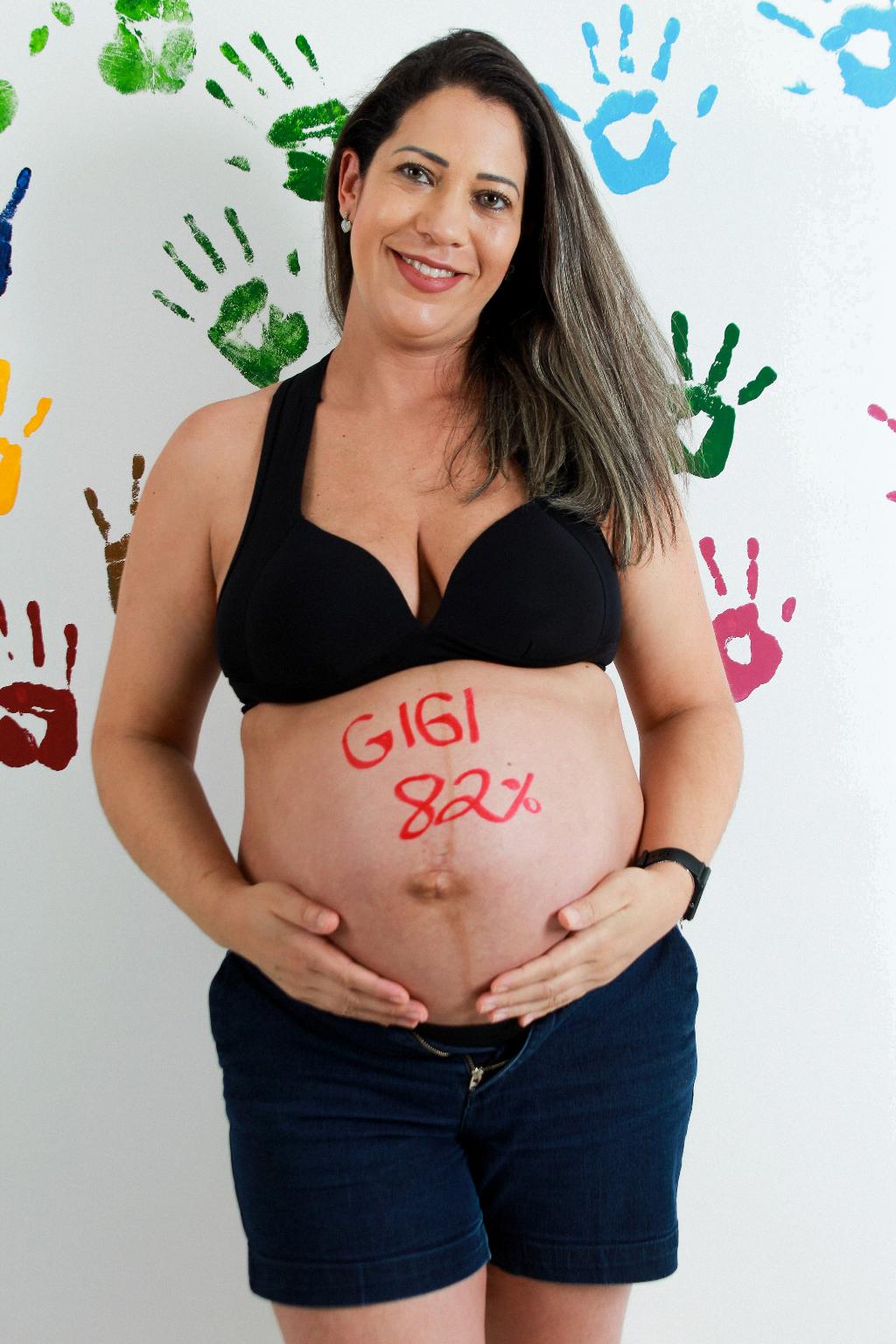Many women who have undergone a cesarean section, commonly known as a c-section, may find themselves dealing with what is commonly referred to as a “c-section pooch.” This refers to the stubborn pouch of skin and fat that can remain around the abdominal area, particularly above the c-section scar, even after losing pregnancy weight.
The Role of C-Section in Abdominal Changes
During a c-section, an incision is made through the abdominal muscles and skin to deliver the baby. This surgical procedure can lead to changes in the abdominal area, including weakened abdominal muscles and excess skin in the lower abdomen, often referred to as the c-section pooch.
The Challenge of Losing the C-Section Pooch
Traditional weight loss methods such as diet and exercise may not always effectively address the c-section pooch since it is often a combination of factors including excess skin, stretched abdominal muscles, and localized fat deposits that contribute to its appearance.
Exploring Tummy Tuck Surgery
For women looking to specifically target the c-section pooch and achieve a smoother, firmer abdominal contour, a tummy tuck, also known as abdominoplasty, can be an effective solution. This surgical procedure involves removing excess skin and fat from the abdominal area, tightening the underlying muscles, and reshaping the waistline.
Benefits of Tummy Tuck for C-Section Pooch
A tummy tuck can address the specific concerns associated with the c-section pooch by tightening the abdominal muscles that may have become stretched during pregnancy and cesarean delivery, effectively reducing the protruding appearance of the lower abdomen.
Candidacy for Tummy Tuck Procedure
It is important to consult with a board-certified plastic surgeon to determine if you are a suitable candidate for a tummy tuck. Factors such as overall health, previous surgeries, and aesthetic goals will be taken into consideration to ensure the best possible outcome.
Recovery and Results of Tummy Tuck
Recovery from a tummy tuck procedure typically involves a period of downtime and restrictions on physical activity to allow for proper healing. Over time, the results of a tummy tuck can be seen as swelling decreases and the incisions heal, revealing a smoother, firmer abdominal contour.
Combining Tummy Tuck with Other Procedures
Some women may choose to combine a tummy tuck with other body contouring procedures such as liposuction or breast augmentation to achieve comprehensive results and address multiple areas of concern in a single surgery.
Managing Expectations and Setting Realistic Goals
It is important to have realistic expectations about the outcomes of a tummy tuck procedure and understand that individual results may vary. Maintaining a healthy lifestyle post-surgery can help prolong the results and enhance overall satisfaction with the outcome.
Consultation and Planning for Tummy Tuck
Prior to undergoing a tummy tuck, it is crucial to schedule a consultation with a qualified plastic surgeon to discuss your concerns, goals, and expectations. The surgeon can assess your abdomen, review your medical history, and create a personalized treatment plan to address your specific needs.
Final Thoughts on C-Section Pooch Resolution
For women struggling to lose their c-section pooch and achieve a flatter, more toned abdomen, a tummy tuck can be a transformative solution that targets the underlying issues contributing to the persistent abdominal bulge. By addressing excess skin, muscle laxity, and localized fat deposits, a tummy tuck can help restore confidence and achieve a more sculpted silhouette.

